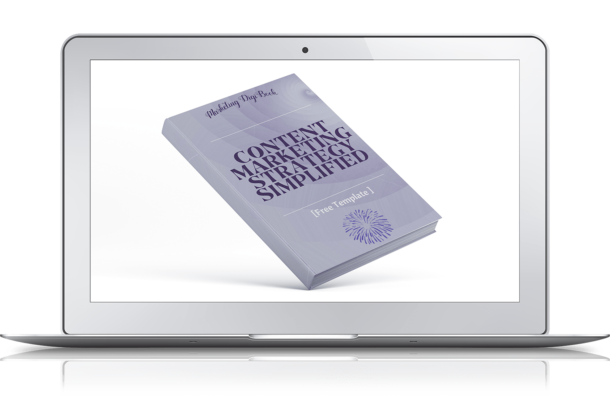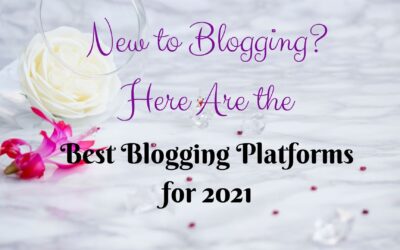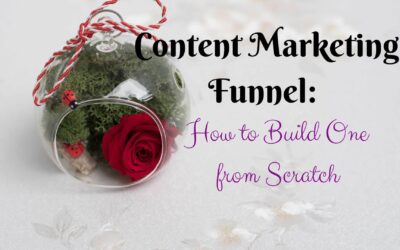When starting your business or blog your hope is to grow and thrive and be known by your relevant target audience. As this happens, you capture some good attention locally and perhaps even globally. Your market suddenly requires key facts and any other relevant information about your business, and this is where a media kit comes into play.
This ultimate guide will offer you a knowledgeable step-by-step solution on how to make a media kit that’s effective and helps you gain more clients.
What’s a Media Kit?
Also known as a press kit, a media kit is a page, package, or folder with information about your brand or blog that you can send to journalists, investors, potential clients, or anyone requiring quick and relevant information about your business or blog.
The content of this package needs to be able to give a clear picture of who you are. With thousands of pitches thrown at journalists or potential clients each day, you have to compile the right facts, figures, and videos or images that will quickly but effectively tell your story.
Invest In Your Business
Your Content Strategy Doesn’t Deliver the Expected Results?
Do You Even Need A Media Kit?
Well, are you running a business? Then the answer is yes. Here’s why, when setting up your business, one of the foundational building blocks you put in place should be a media kit.
A media kit is more than just a collection of key information about your products or services; it’s actually a gold mine where journalists, potential investors, or potential customers find factual information about your business.
Why Does Having a Media Kit Add Value to Your Business?
For Gaining Potential Clients
It’s easy to imagine that because it’s called a press kit or a media kit, it’s only meant for the media, but a well-compiled media kit does a great job attracting clients and even investors. Knowing your brand’s growth journey will give the clients insight into whether a collaboration with you may help their business.
A media kit is also essential in offering the potential client further insights about your past successful collaborations.
Another reason why they will be interested in your media kit is to find out the kind of awareness your brand has received, this helps them determine whether a potential collaboration will get any returns. Creating a smart template for a media kit will enable you to embody your brand’s tone and voice, this attention to detail may just be what you need to close a deal.
The key thing is to alter your media kit for bloggers if you’re a blogger by including your KPIs and so on or alter it for other types of businesses by inserting your earnings and other financial statistics, all truly depending on your business type.
Invest In Your Business
Your Content Strategy Doesn’t Deliver the Expected Results?
For Journalists and Press
Having a media kit ready will help the journalists understand your brand voice quite easily. It will assist them to shape your story and guide them on the best questions to ask during an interview. And knowing how busy a journalist can be, they often prefer to connect to a story that already has a press kit; this means you’re available and ready for any opportunity that comes up. It then goes without saying that your content must always be up-to-date and in an easy-to-read format.
Remember to only give the information that you want the public to have. Don’t put in their classified content and then get in trouble when the information gets out to the public.
Here are some interesting media kit examples for inspiration:
· Inc.com
· A Beautiful Mess
So, having understood the worthiness of having a media kit, how then, do you create one?
Step One – What You Need to Understand
What Should Be Included in a Media Kit?
Usually, this will vary from business to business depending on a few factors. That said, you should note that a media kit is not an advertisement, so do make it vague, instead, you’re supposed to offer clear information, and clear facts about your business such as the products or services you offer, their prices, metrics, and so on. This also applies to the media kits for bloggers.
There are many media kit examples out there, but without the following key assets, they would be a waste of time.
These are:
i. Business/Blog Overview
Give brief background information about your business for instance:
· Launch date
· Current location with current address
· Mission statement
· Current status in terms of team members
In this overview, you can also include data that will help tell your business journey e.g. the number of customers you currently serve and statistics of where you started. This may seem like a lot of information but remember people reading it has very limited time, so you need to be succinct and present the key details.
If you’re building a media kit for bloggers you can mention your niche and a few key statistics like your social media following, page views, rank, and so on, just remember not to be too salesy.
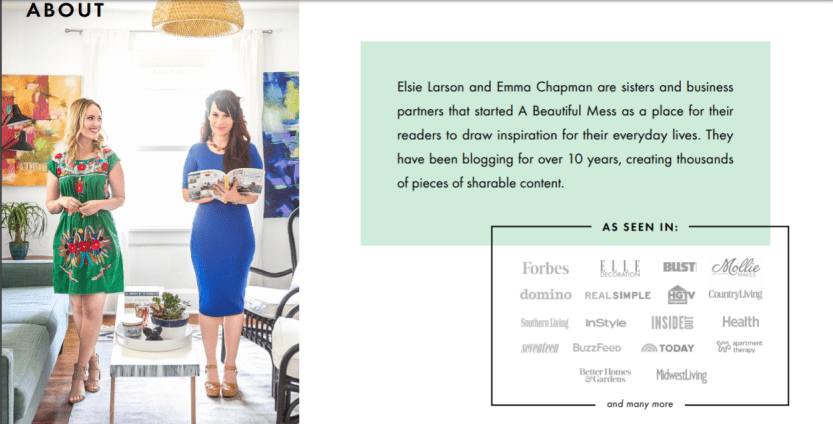
Source: A Beautiful Mess
ii. Your Contact Details
Depending on the nature of your business, here you’re supposed to give a relevant contact that would be able to sit in an interview and properly represent the brand, for instance, a PR person or even the person behind the brand. If you’re a blogger and are creating your media kit blogger, just include your contacts in this section.
The key thing is that the contact you give must be current and useable, could be an email or phone number or both.
iii. Your Business, Brand, or Product Information
What’s your product about? Does it have an interesting backstory? Give a simplified but interesting description of what it’s all about. Include details (again, succinct) of what solutions your business is offering. If you offer many services, list the packages and what each entails.
It should mention the unique key features that make you stand out, what is your competitive advantage in your niche or field.
This information must be reviewed often to ensure it’s accurate at all times, especially where pricing is concerned.
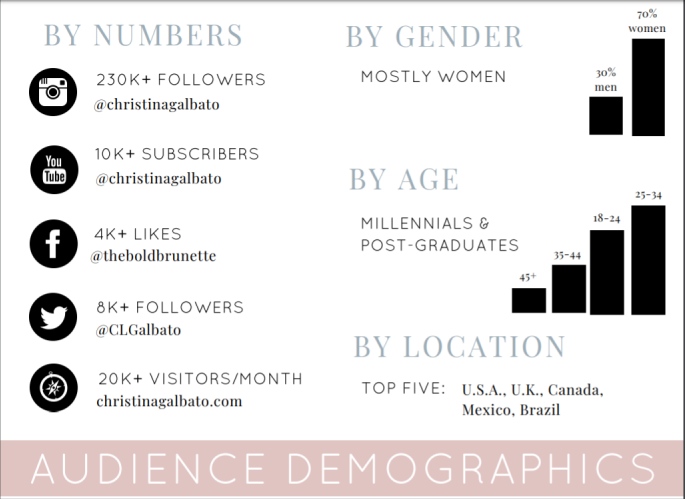
Source: Christina Galbato
iv. Media Resources
These include each and every useful material that may come in handy for the journalists or the investor or whomever else it could be for.
These resources are what build a compelling story about your brand. They include:
Company Logos: Different websites have various requirements, therefore have variations of your logo; you can for instance have one that offers transparent or shapes options in order to make the work of the users of your media kit easier. What you’re looking for here is to ensure that they use your logo exactly as it is without having to resize or possibly alter it.
Publications and Previous Press Mentions: If you’ve been featured in the media before, include it in this section. Write the title of the post, the author, the publication, and a link.
Photos and Video Assets: Use only high-resolution pictures of your product or services. Ensure you have the legal ground to use these images, especially if they’re not originally yours. Your video footage too must be of the best quality. Ensure that you label each picture as well as the footage separately and very clearly, with your brand name rather than some random camera numbering.
v. Other Components
Depending on your brand, there could be other items that may work well in your media kit. These could be:
Testimonials – Your happy customers or clients can boost your image; pick the best testimonials and include them in this section.
Awards – This especially works very well in the media kit for bloggers, a blogging award is definitely something to be proud of, include it there.
An Annual Report- Your business may be the kind that requires annual reports for measurement purposes, attach the latest reports for ease of reference.
Product Samples – You may want to let the users of your media kit to sample some of your products, if it’s for journalists, well and good, if it’s for your potential clients then this is a great way to pick up a conversation.
Source: YouTube
Are There Specific Tools You Can Use to Create a Media Kit?
Having gathered all you need for the media kit, how do you then put it together? If you know your way around Adobe Photoshop like a pro and are able to give professional results, then you’re good to go, however, there’s a better tool you can rely on and that’s Canva.
Canva is a graphic design tool website that offers a collection of the best curated high-quality templates all for free! With over 50k high-quality templates to choose from, you’re truly spoilt for choice.
You Have Created Your Media Kit. Now What?
a. Having learned how to make a media kit, your next step will be to put together a media list containing the contact details for media agencies within your niche. Here you can go for both traditional and non-traditional media houses. Generally what you need to do is to identify the most relevant media outlets (meaning they have your desired audience) and a contact person, who is likely to feature your content.
· Traditional Media Houses: These are typically TV stations, newspapers, or radio stations. You may start with your local houses as you eventually consider spreading out geographically.
· Non – Traditional Media Houses: This definitely includes social media as well as blogs. These are today considered more effective in spreading the word compared to traditional media sources. Thanks to Google, you can easily find the most relevant brands to work with, within your niche and the local area. This is however subject to your product or service as well as your target audience.
b. The second step will be to do some research on submission guidelines or requirements for every specific media outlet you listed on one above. You can go through their websites’ submission pages to see their requirements. Usually, such requirements may include something like the type of content they’re interested in and the format they prefer.
c. When this is done, you can then send it to these media agencies, media kit for bloggers can also be sent to brands you would like to collaborate with; as a kind of a pitch, this kind of introduction presented in such a professional manner creates an outstanding first impression, and this is something you want.
d. Finally the last step will be to put it up on your blog or website; you will achieve better results when you insert a link on your navigation bar to help interested parties find it easily rather than have to dig through your website or blog.
Source: Youtube
Quick Tips on How to Submit Your Media Kit
This tutorial for the media kit would not be complete if it didn’t include how to finally submit it. So, here is ideally how your email should be conceived:
1. Subject header: This will make or break all your efforts, by all means, avoid saying “media kit” at this level, instead use a phrase like “Important details about the grand launch of xyz on 1st January 2023”
2. Salutations: Remember you gathered the contact person and his/her details; this is where those come into play. Greet them by addressing them by their name.
3. The first paragraph: Introduce (or re-introduce yourself if you’ve met before) and introduce your business as well, for instance; “My name is Tom, and I work for Swan Marketing Agency”.
4. Body paragraph: Here you explain the purpose of your email without beating about the bush. E.g. “I’m writing to inform you about the launch of our agency that is scheduled for xx dates, I’ve attached a media kit with further details”.
5. The third paragraph: This will be your call to action. Request the journalist or client to take some action, e.g. “Would you consider doing a feature about this on your business section?” or “Would you welcome a collaboration on a project like x?”
6. Closing: Thank them and remain available for further details. Leave your phone number as well in case they need to reach you.
Are There Any Don’ts You Should Be Aware of?
Yes, don’t lie or misrepresent yourself or your brand by giving false information. Let your statistics be honest about who you are, this is going to be the basis of what will be expected from you.
Finally
The most effective media kit examples must contain all that has been included in this guide. You must act on your strengths by showcasing your best work. You must give an honest and appealing summary of what your blog or brand is all about, it’s also good to share information on whom you’ve previously collaborated with.
You must share your key statistics and KPIs as well as high-quality images and footage of your work; this will be reflected by the aesthetics of your media kit, and generally of your business as a whole.
Take advantage of existing free templates for a media kit or create your own and go make some great impact.
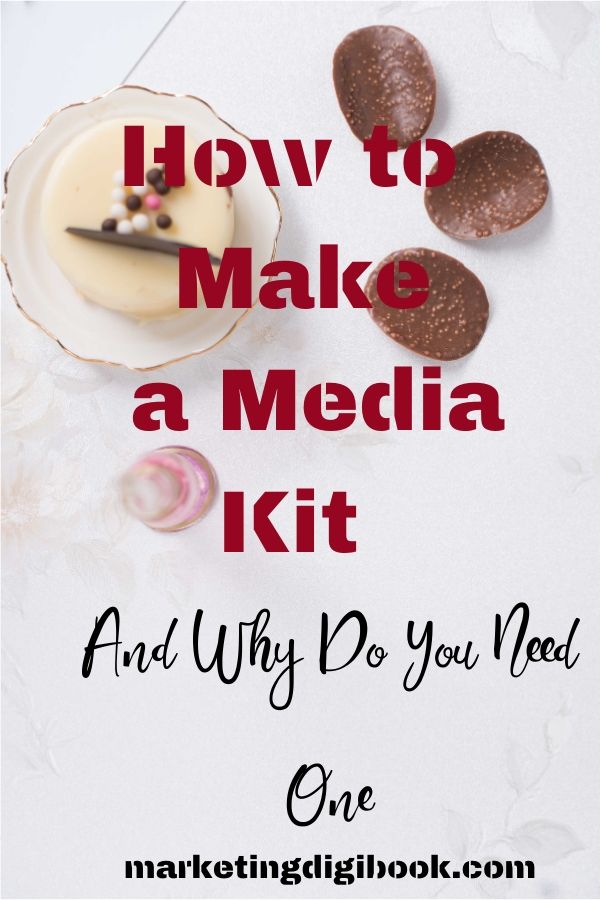
F

